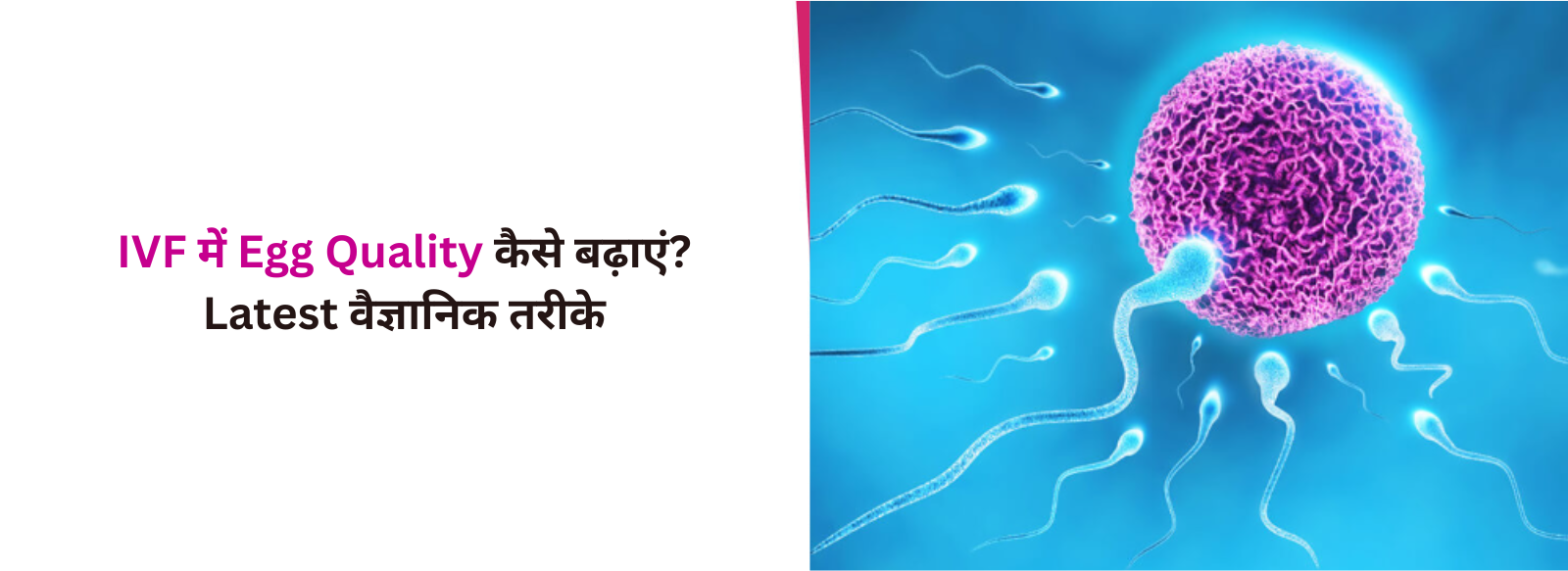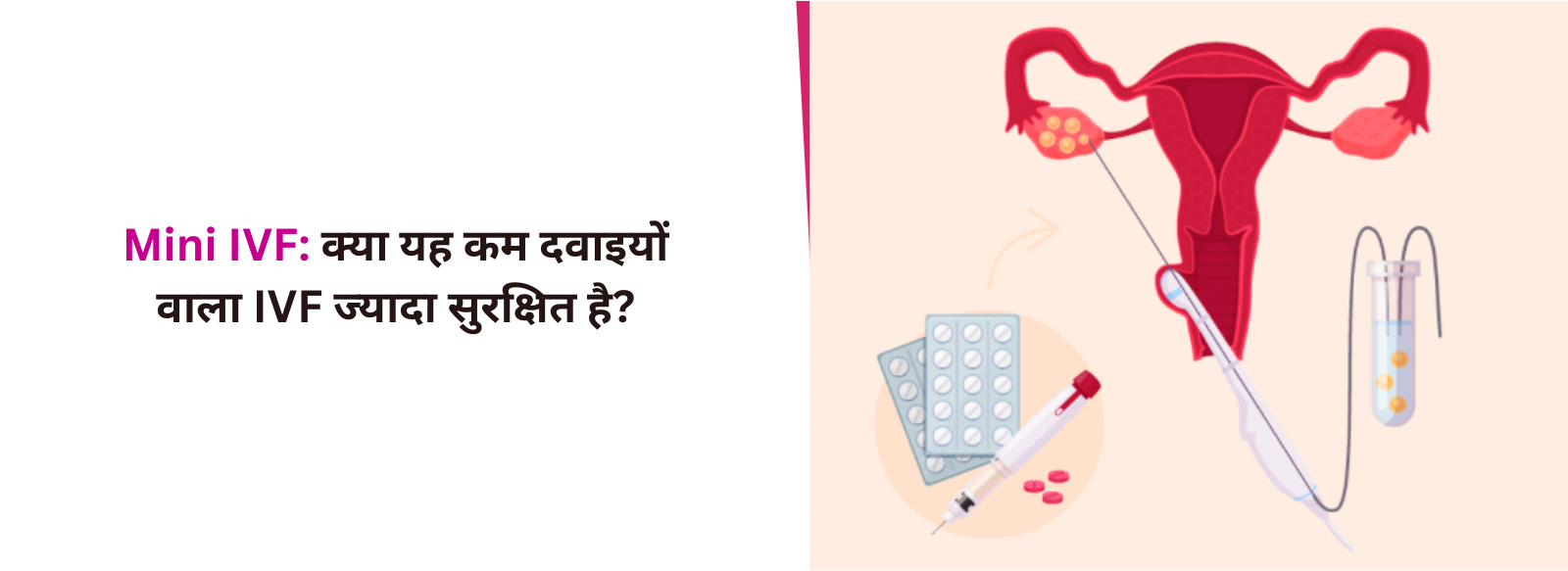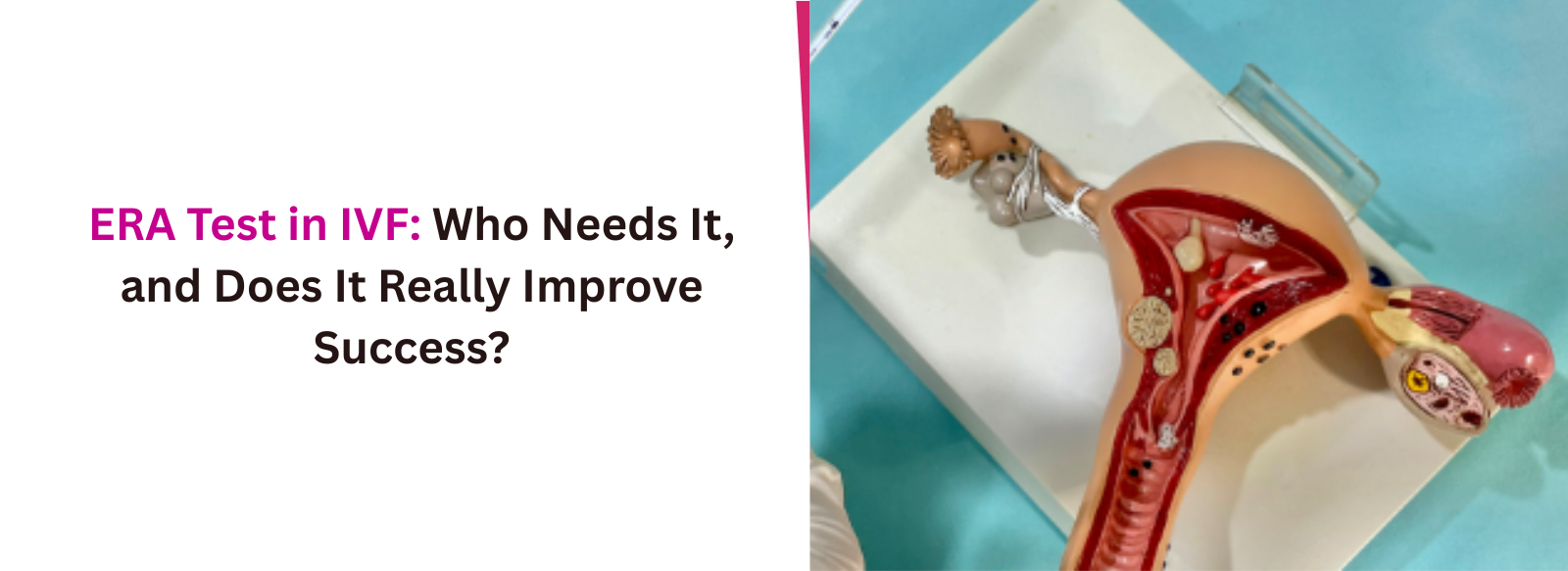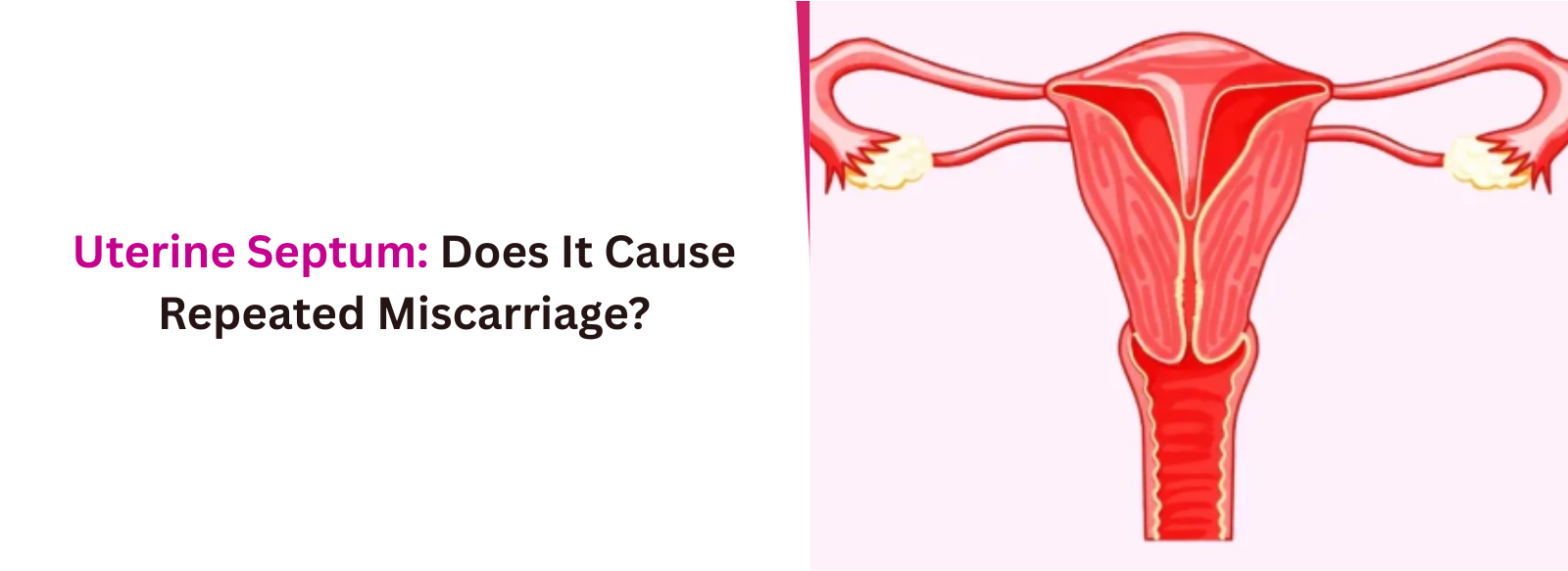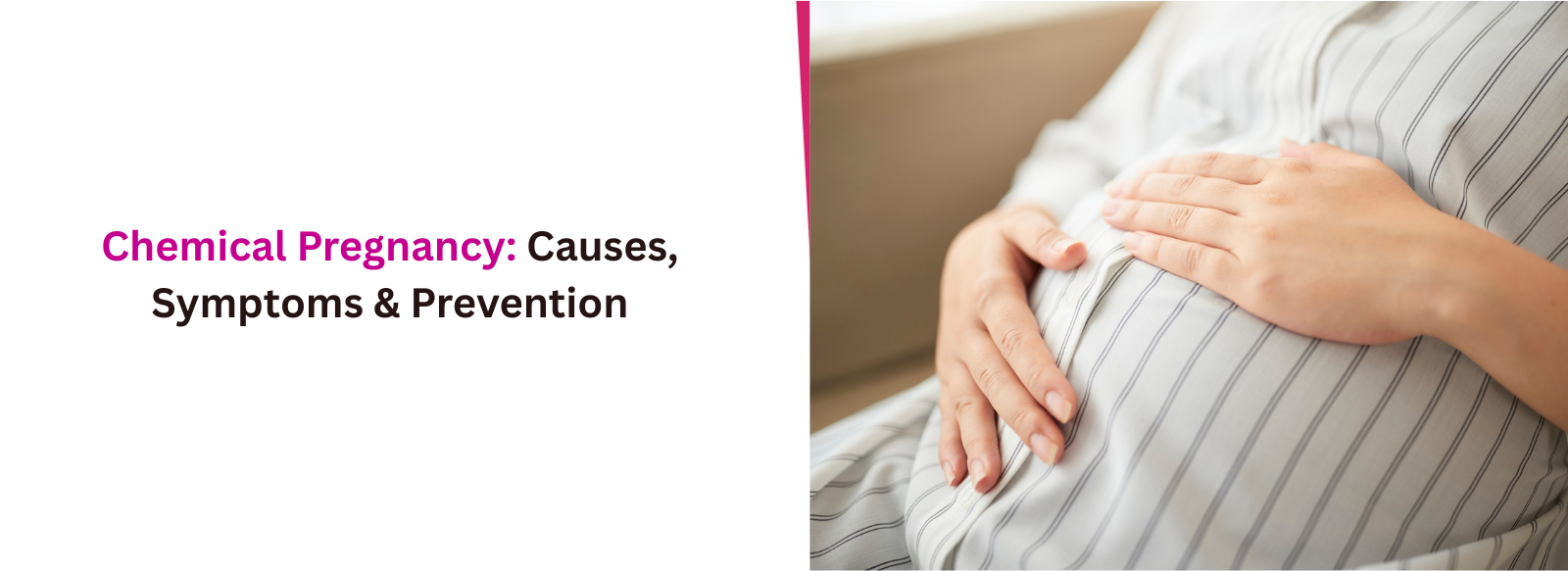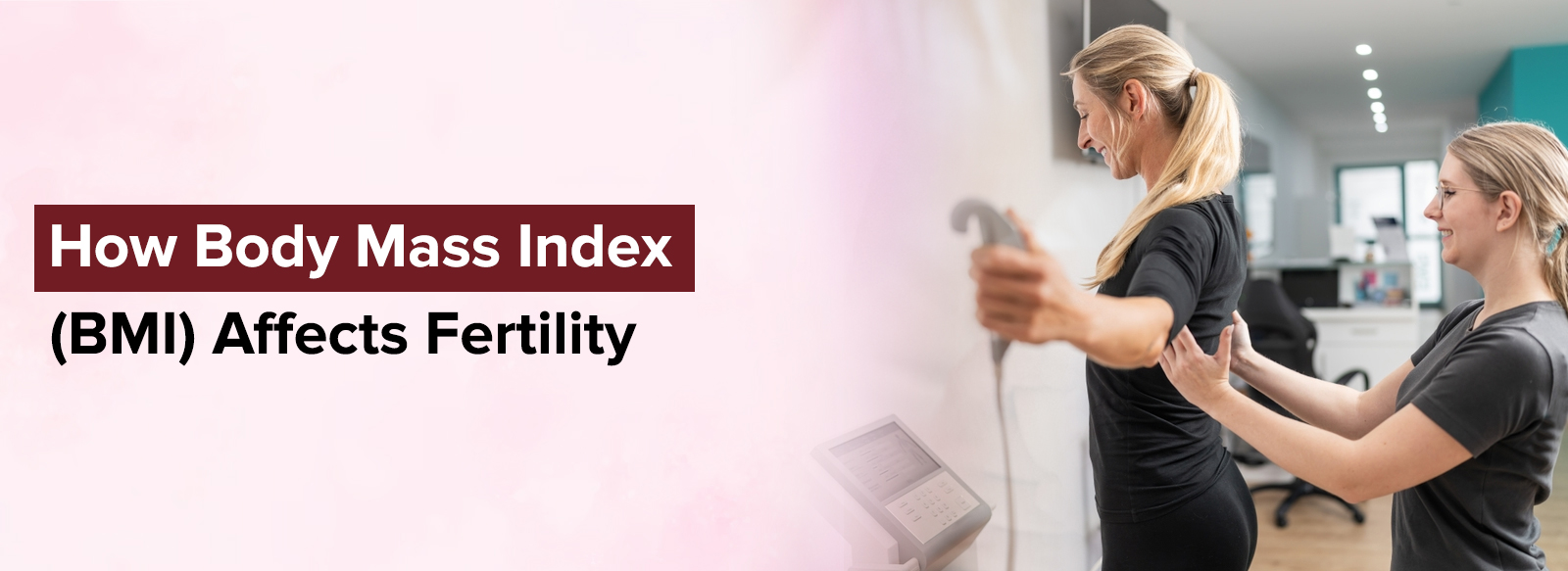
To Book an Appointment
Fresh vs. Frozen Embryo Transfers: Which is Better for IVF?
Table of Contents
▼
One of the key decisions couples face during IVF treatment is whether to opt for a fresh or frozen embryo transfer. This choice can significantly impact the outcome of the procedure. In a fresh embryo transfer, the embryo is transferred to the uterus shortly after fertilisation, while in a frozen embryo transfer (FET), the embryo is frozen and stored for future use before being thawed and transferred. Both methods have their advantages and disadvantages, leading to an ongoing debate among fertility specialists and patients alike.
This blog aims to share these aspects, providing you with the in-depth knowledge needed to choose the best option between fresh and frozen embryo transfers for your fertility journey.

